
However, there is a slight difference between marginal cost and incremental cost. To fully comprehend the concept of incremental analysis, one has to understand its underlying concepts. The three main concepts are relevant cost, sunk cost, and opportunity cost. From this example, you can observe not all increase in production capacity leads to a higher net income.
Incremental Cost Decisions
Incremental analysis models include only relevant costs, and typically these costs are broken into variable costs and fixed costs. The use of incremental analysis can help businesses identify the potential financial outcomes of one business action or opportunity compared to another. With that information, management can make better-informed decisions that can affect profitability. The distribution of fixed costs to total costs decreases proportionately with the number of units produced, so extra care must be taken. Since the costs directly affected by changes in production volume are dynamic, the term ‘incremental cost’ highlights how they differ from fixed costs.
Understanding Incremental Analysis
- Marginal cost includes all of the costs that vary with that level of production.
- Relevant costs (also called incremental costs) are incurred only when a particular activity has been initiated or increased.
- This holistic viewpoint is especially important for companies deciding on production levels strategically.
- These differences—not the similarities—form the basis of the analysis comparison.
- Variable costs are those that change with production or sales, such as raw materials and labor.
A turning point in the rise of a company’s incremental cost of capital happens when investors avoid a company’s debt due to worries over risk. Companies may then react by tapping the capital markets for equity funding. Unfortunately, this can result in investors pulling back from the company’s shares due to worries over the debt load or even dilution depending on how additional capital is to be raised. Incremental cost of capital is additional money that a company must spend to raise new financing. At its core, incremental cost of capital refers to a single unit that a company must raise. The tobacco business has seen the significant benefits of the economies of scale in Case 3.
Additional information

In the sections below, you’ll find out what you need for proper ICC calculation. To finance a new project, for example, it may need to take on debt or sell more equity. The cost of each additional unit will be different, and the company must weigh the pros and cons of each option to decide which is best. One of the most effective ways to do this is by injecting new capital into the business. There can be a lot to know and understand, which is why we created this article about the incremental cost of capital.
It’s important to remember that some expenses, especially fixed costs, don’t change whether production rises or falls. As a result, the total incremental cost to produce the additional 2,000 incremental cost example units is $30,000 or ($330,000 – $300,000). To maximize efficiency, companies should strive to continue producing goods as long as the marginal cost is less than the marginal revenue.
How Does Understanding Incremental Costs Help Companies?
Relevant costs (also called incremental costs) are incurred only when a particular activity has been initiated or increased. On the other hand, when incremental expenses exceed incremental revenues and a loss is incurred, an unprofitable situation results. Strategic consideration of incremental costs becomes especially important to avoid the traps of overproduction or underproduction, maximize resource utilization, and maintain a balanced operational strategy. The relationship between incremental revenue and incremental cost, as well as how their relative values affect the company’s overall financial result, is shown in this table in a simplified manner.

What Is the Benefit of Incremental Analysis?
To calculate marginal cost, divide the change in production costs by the change in quantity. The company has determined it will cost an additional $400 to manufacture one additional bike. Although the average unit cost is $500, the marginal cost for the 1,001st unit is $400.
How Industry 4.0 Is Transforming Manufacturing Industry: Part 2
Uses for Incremental Analysis




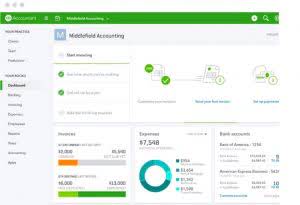
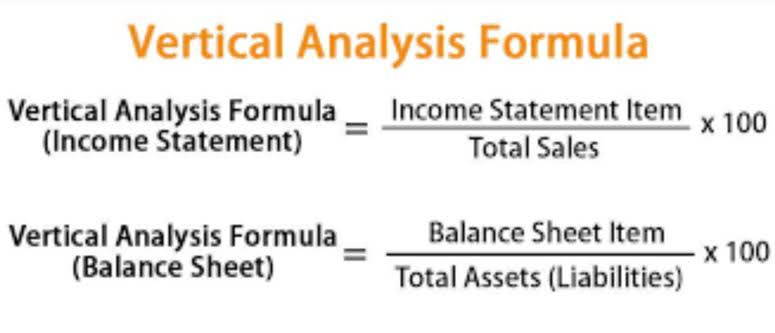


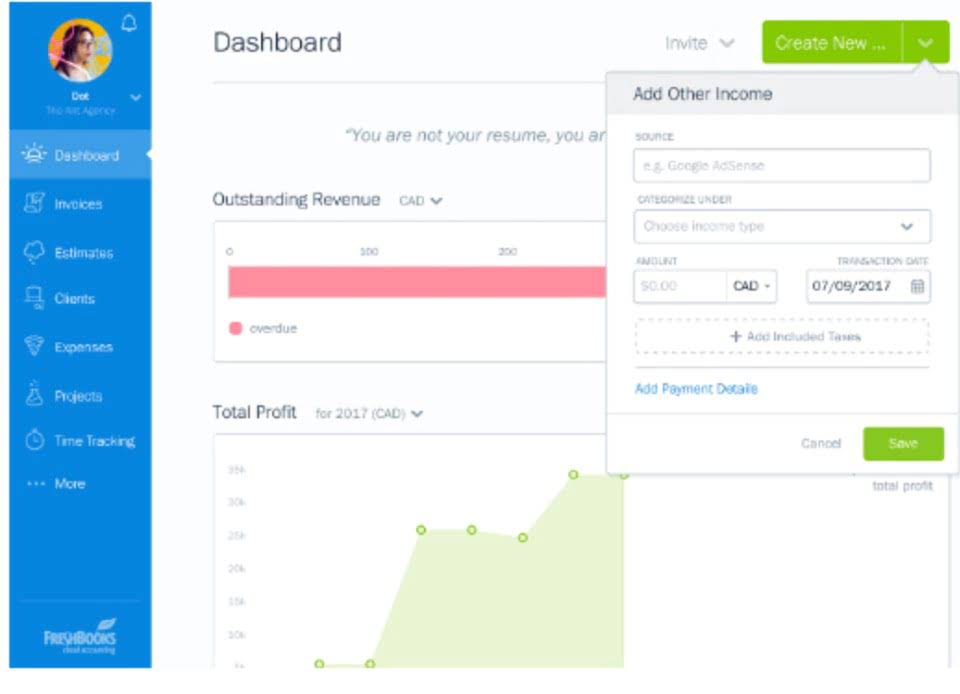

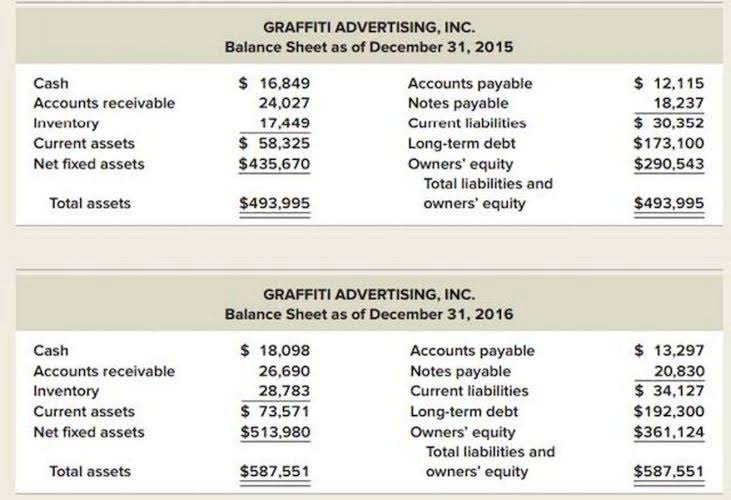


















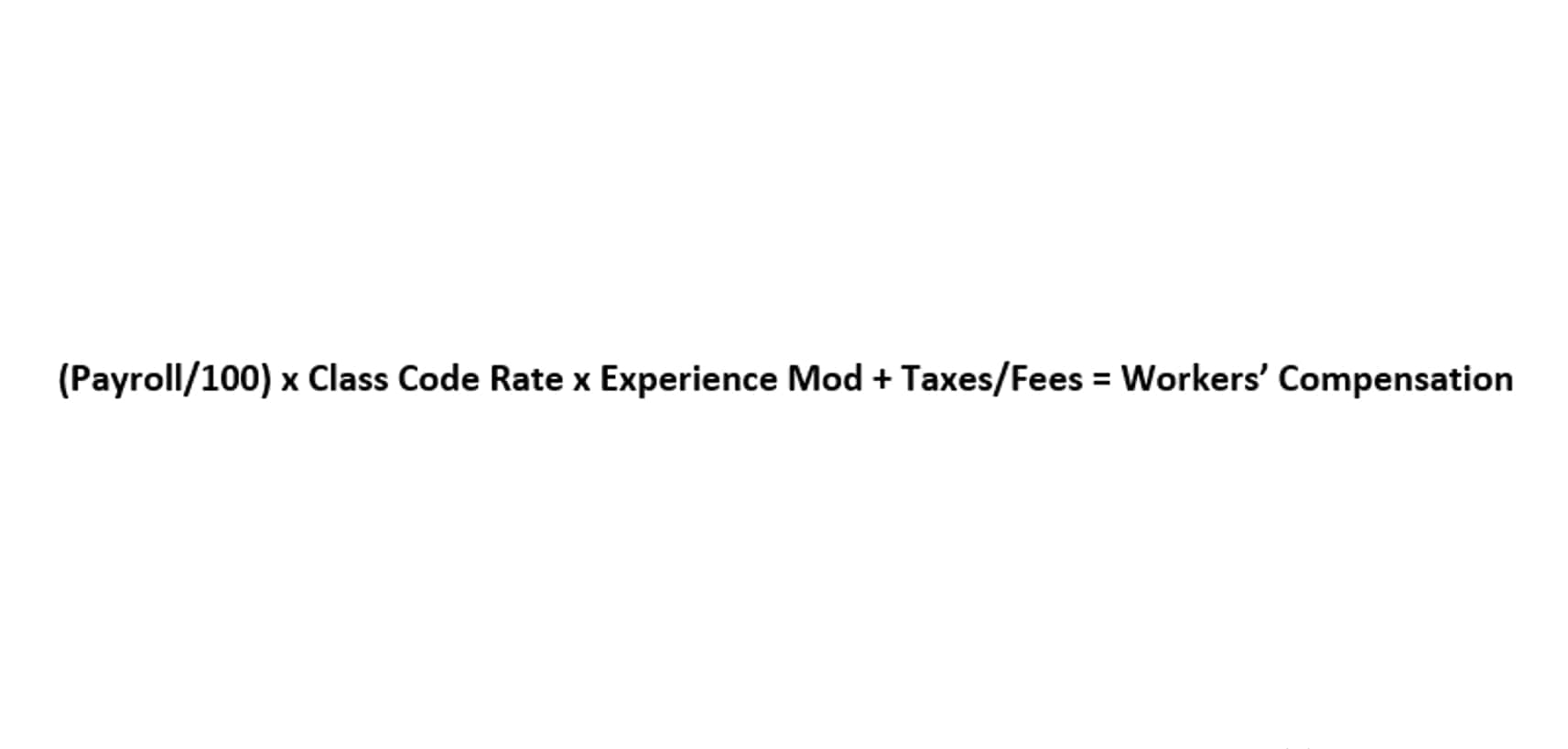






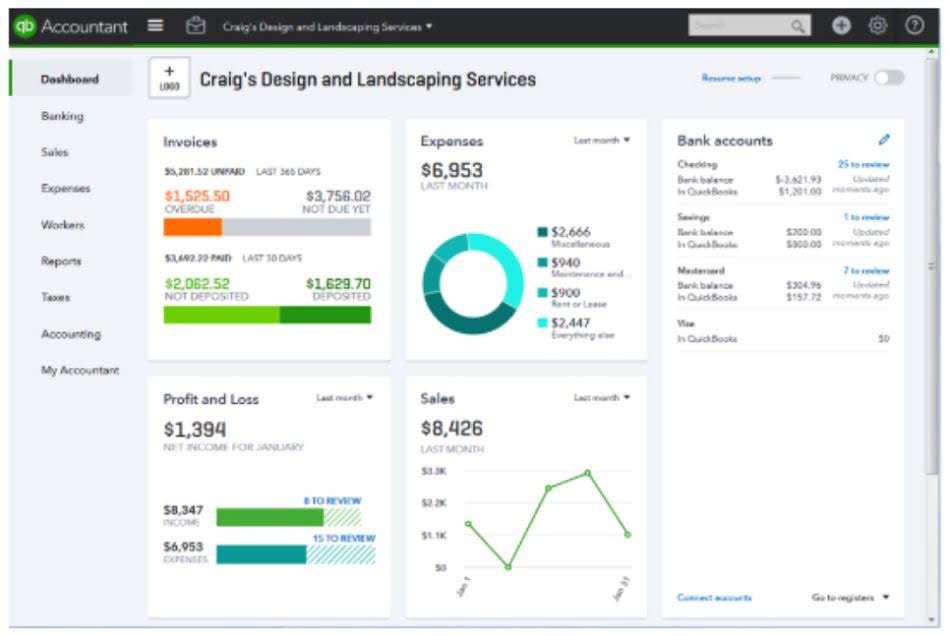
Recent Comments